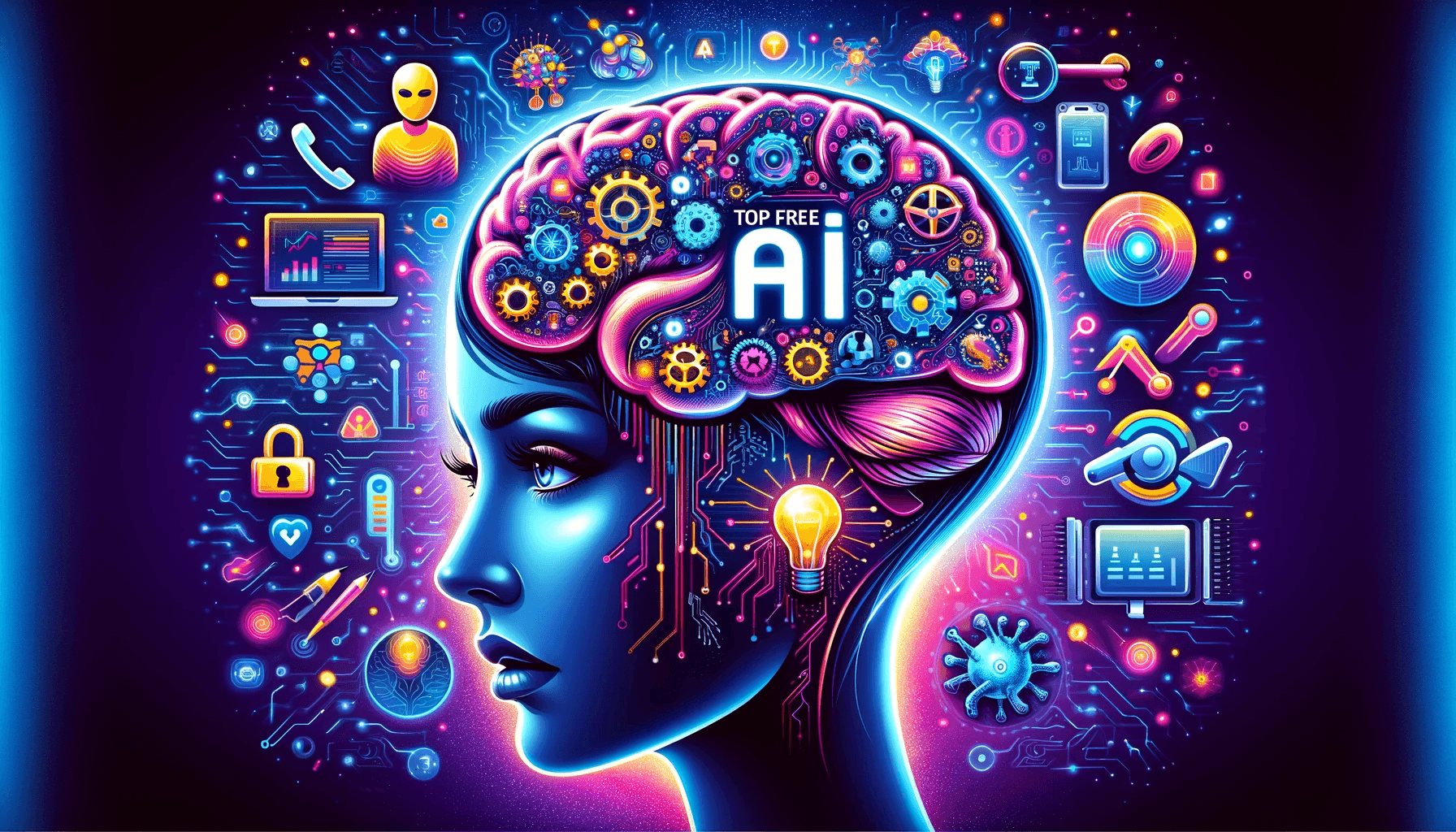Artificial Intelligence (AI) is playing an increasingly critical role in addressing global environmental challenges. Through innovative applications, AI is helping scientists, policymakers, and organizations better understand, protect, and restore the natural world.
How AI is Impacting Environmental Solutions
AI’s ability to analyze vast amounts of data, recognize patterns, and make predictions allows for smarter decision-making in tackling issues like climate change, pollution, deforestation, and wildlife conservation. Real-world case studies demonstrate how AI is becoming an essential ally in creating a more sustainable future.
Key Case Studies in AI and the Environment
Climate Change Prediction and Monitoring
Case: IBM’s Green Horizon Project
IBM’s Green Horizon Project uses AI to analyze climate data, predict air pollution levels, and develop strategies for reducing emissions. In Beijing, this system has been successfully implemented to provide accurate air quality forecasts and recommend actionable measures to improve urban air health.
Wildlife Conservation
Case: Elephant Listening Project
The Elephant Listening Project uses AI-powered acoustic monitoring to track the movements and health of forest elephants in Central Africa. By analyzing sound recordings from rainforests, AI helps detect poaching activity and assess elephant populations, contributing to more effective conservation strategies.
Deforestation Detection
Case: Global Forest Watch
Global Forest Watch utilizes AI and satellite imagery to provide real-time monitoring of global forests. The platform can quickly detect illegal logging and deforestation, enabling authorities and conservation groups to intervene promptly and protect critical ecosystems.
Ocean Health Monitoring
Case: Project CETI (Cetacean Translation Initiative)
Project CETI uses AI to decode the communication patterns of sperm whales. By applying advanced machine learning to whale vocalizations, scientists hope to better understand marine life and support ocean conservation by creating deeper empathy and awareness about the species.
Waste Management and Recycling
Case: AMP Robotics
AMP Robotics has developed AI-driven robots that can identify, sort, and separate recyclable materials from waste with high precision. This technology significantly improves the efficiency of recycling facilities and helps reduce landfill contributions.
Energy Efficiency and Smart Grids
Case: Google’s DeepMind for Data Centers
Google uses AI from its DeepMind division to optimize energy consumption in its data centers. By analyzing historical data and environmental conditions, the AI system reduced cooling energy usage by 40%, setting a new standard for energy-efficient operations.
Challenges and Ethical Considerations
While these AI-driven environmental solutions are promising, they come with their own set of challenges:
- Data Privacy: The use of widespread monitoring raises concerns about surveillance and data security.
- Bias in Data: Inaccurate or incomplete data can lead to flawed environmental predictions.
- Resource Intensity: Training large AI models can consume significant computational power, potentially contributing to carbon emissions.
Balancing the benefits of AI with these ethical concerns is crucial to ensure that technology genuinely serves the planet.
Conclusion
These case studies highlight how AI can be a powerful force for environmental protection and sustainability. By improving monitoring, prediction, and management capabilities, AI helps us tackle some of the planet’s most urgent challenges. However, thoughtful deployment and ongoing ethical oversight are essential to maximize the positive impact of AI on the environment.







Leave feedback about this